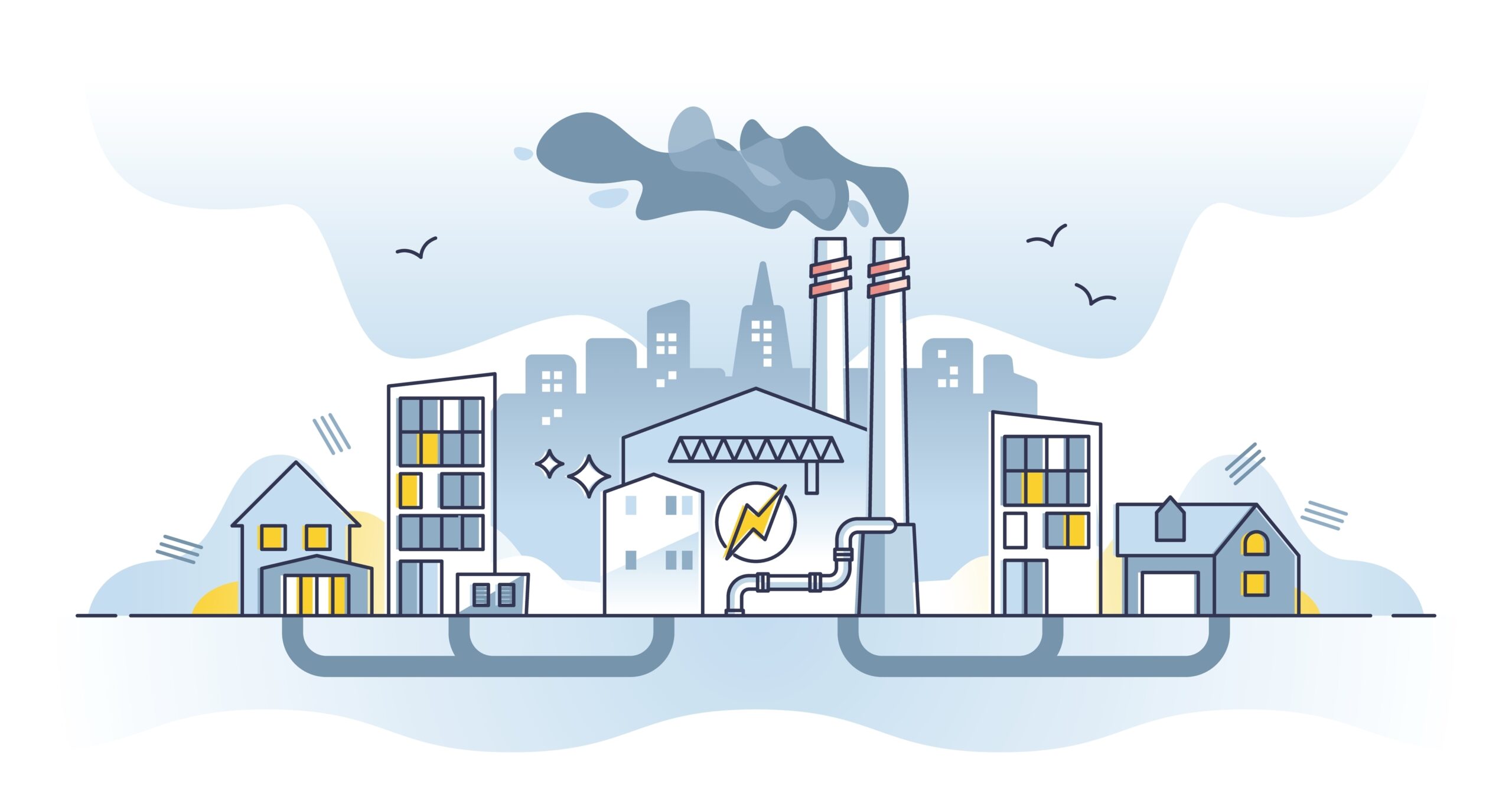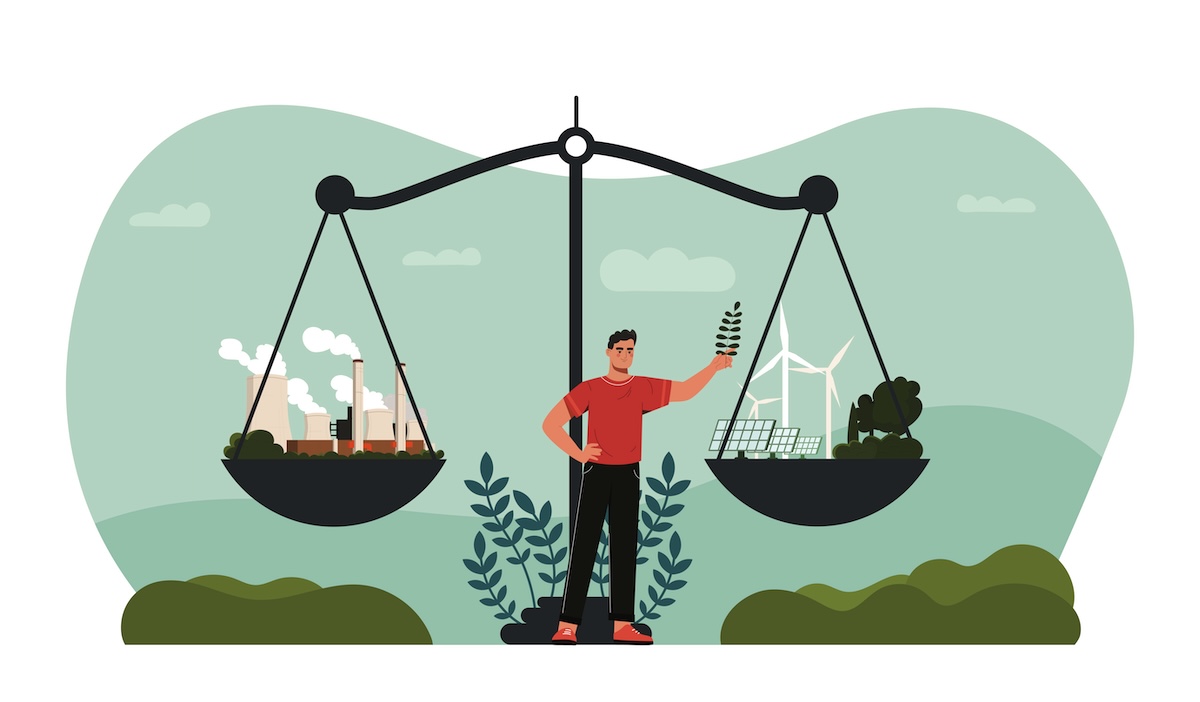The Cost of Delay: Why Waiting to Invest in Electrical Infrastructure and Equipment Could Derail Net Zero Plans
Executive Summary
In previous publications such as “The Hidden Cost of Doing Nothing” and “Independence is the New Efficiency”, we argued that energy efficiency is no longer just a technical upgrade, it’s a strategic decision. This paper continues that conversation, highlighting a growing risk that the rising cost and limited availability of electrical infrastructure, equipment and needed to support electrification, EV chargers, heat pumps, switchgear, and more.
The reality is this, businesses that delay investment will soon face spiralling costs, prolonged lead times, and diminishing availability of essential hardware and contractors. This perfect storm will make it almost impossible to deliver on net zero commitments. We also reinforce a message central to our previous papers: real progress depends on planning ahead and ensuring independence from overstretched supply chains and power networks.
The Infrastructure and Equipment Crunch Is Already Here
The UK’s shift toward electrification is well underway. Heat pump adoption almost doubled last year, while demand for EV charging infrastructure shows no sign of slowing. Yet the supporting systems such as electrical capacity, grid upgrades, and the physical equipment itself are already lagging dangerously behind.
Many commercial premises still operate on outdated electrical systems, despite electricity demand being forecast to double by 2050. Some businesses are already facing multi year long waits just to upgrade their grid connection. This isn’t an anomaly, it’s the leading edge of a systemic issue. The UK is staring down a £700 billion infrastructure shortfall by 2040, and over £1.6 trillion of projects are currently without a clear path to completion.
Even when businesses act early, they often find themselves navigating a complex web of permissions, legal reviews, and planning processes that don’t align with commercial timeframes. What begins as a six-week estimate for a connection or upgrade can quietly stretch into six months (or longer!) due to procedural bottlenecks that end users have absolutely no control over. These delays are rarely malicious, but they are deeply misaligned with the pace at which businesses need to move.
As Andrew Hawley, founder of Hawley Energy, puts it:
“We’re seeing clients who want to act but are being told they’ll have to wait years for a grid connection. That’s not a planning issue, it’s a business continuity issue.”
A Perfect Storm: Demand Surges, Supply Stalls
The basic economics of supply and demand are already coming into play. As more organisations attempt to electrify their operations at the same time, we’re witnessing a bottleneck, not just in infrastructure, but in the physical availability of basic equipment. Hardware ranging from switchgear and transformers to EV chargers and heat pumps are becoming increasingly difficult to source. Compounding this, the availability of skilled contractors is shrinking.
Energy sector supply chain disruptions have grown by over 30%, with service pricing in many categories now 10–15% above pre-pandemic levels. Lead times for critical components have doubled in some cases, with backorders stretching up to 18 months. Some manufacturers are now quoting delivery dates well into 2026 for standard commercial grade equipment!
This isn’t just a matter of higher prices, it’s about access. The equipment you need may not be available when you need it, and the contractors qualified to install it may already be booked out.
Sean Midgley, Managing Director at Hawley Energy, sums it up clearly:
“We’re not just talking about price inflation—we’re talking about physical unavailability. If you wait too long, you may not be able to get the kit at all.”
Delay Now, Pay Later: The Net Zero Trap
Across the UK, countless organisations have set ambitious net zero targets, often aiming for 2030 or 2040. Yet few have adequately planned the infrastructure and equipment investments needed to deliver them.
Only a third of the emissions reductions promised by 2030 have a credible pathway for delivery. Meanwhile, delays to electrical upgrades and equipment procurement are undermining investor confidence and pushing project costs up. In our experience, when businesses are forced into last minute infrastructure upgrades or scramble for equipment, the cost is often much higher than if they’d acted earlier and phased the investment properly.
The longer the delay, the harder and more expensive it becomes to catch up—and the more likely those targets will be missed, not due to a lack of ambition, but because the tools weren’t available when they were needed most.
Continued..
The Case for Independence Remains Strong
We’ve previously outlined in “Independence is the New Efficiency” that relying on volatile supply chains and strained networks introduces strategic risk. That argument is only growing stronger.
When businesses invest in their own infrastructure, like on-site generation, battery storage, or smart energy control, they’re not just becoming efficient; they’re becoming future-ready. Independence protects against long grid connection delays, reduces vulnerability to fluctuating tariffs, and gives businesses control over timelines and priorities.
In a market where bottlenecks are worsening, the ability to act without waiting on overstretched systems or unavailable components is a serious advantage.
What Businesses Should Do Next
The first step is to understand what your existing electrical infrastructure can realistically support now and in the near future. This doesn’t just inform investment strategy; it prevents wasted time and effort pursuing changes that your site simply can’t sustain.
Next, it’s critical to get ahead of the queue for power upgrades and equipment procurement. Even if your plans are long term, starting the application and ordering process now is one of the few ways to safeguard future delivery. In parallel, identify the hardware and contractor expertise you’re likely to need. With lead times stretching and availability shrinking, early action is increasingly a form of risk management.
Futureproofing means building systems that can adapt. Smart EV chargers, scalable heat pump systems, and modular controls allow flexibility without overcommitting capital. And all of this is best navigated with help from consultants who have no allegiance to specific vendors or platforms, just a mandate to find the right solution for your needs.
Conclusion: The Window Is Closing
Across every sector, the same warning signs are flashing: demand is rising, supply is tightening, and the cost of delay is growing. Many businesses still see energy infrastructure and equipment as something they can defer, but that window is rapidly closing.
At Hawley Energy, we’re helping clients navigate this complexity—not with templates, but with insight, independence, and grounded expertise. As net zero deadlines approach and both infrastructure and equipment become the bottleneck, we believe that planning ahead isn’t just best practice—it’s the only viable path forward.








